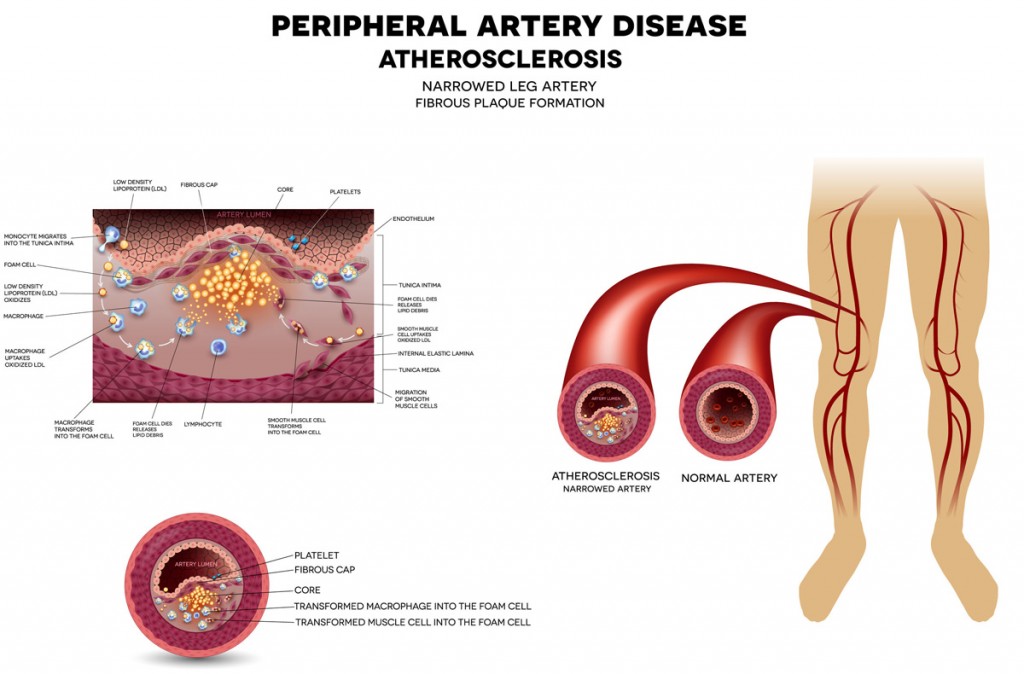11 Leading Causes of Leg Pain and Sore Calves
Deep Vein Thrombosis

Deep vein thrombosis occurs when a blood clot develops within the deep veins of the leg. It may be the result of extensive, prolonged sitting, bed rest, surgery, high altitude, lower body trauma, birth control or obesity. Clots develop as a result of changes or blockages in blood flow and damage to the interior of blood vessels. Typically, symptoms present as dull aching, swelling, leg cramps, skin discoloration and skin that is warm to the touch. If a blood clot is suspected, it is imperative that individuals contact a medical professional immediately. A practitioner can properly diagnose the condition and prescribe a course of treatment to avoid potentially life-threatening complications.
Peripheral Artery Disease

Peripheral artery disease (PAD) refers to a full or partial blockage of one of the arteries in the body’s extremities. It is a common cause of leg pain and presents as cramping, weakness or numbness that occurs during activity. When the artery is blocked, working muscles do not receive adequate blood flow. Such blockages create a cramping sensation during movement due to the increased demand for blood in the muscle tissue. A common symptom of PAD is decreased temperature in the lower leg. A medical professional can properly diagnose the condition and recommend a course of treatment. Untreated PAD may result in ongoing pain or limb loss and increases the risk of heart attack and stroke.
